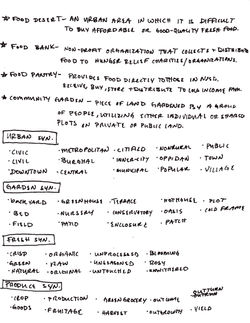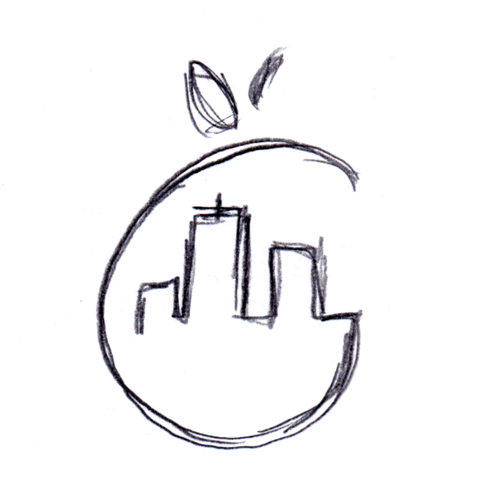

Concept | Identity | UX | UI | Web
2018 Smart Food Hackathon
THE PROBLEM:
Build a system designed to alleviate food insecurity in our community.
THE SOLUTION:
A platform that aims to create a sustainable, one-line connection between food banks and urban community gardens.
RESEARCH




 |  |  |  |
|---|
IDENTITY





PALETTE + TYPOGRAPHY
Color was selected from produce photography and meant to reflect the freshness. Typography was meant to be stylized and hip for urban environments, but legible for the organizations.
ICON SET
VISION
The current phase for the platform is essentially a business-to-business model, where the food banks and the community gardens serve as the users. Further phases expand into inclusion of individuals and even a delivery service.


PROCESS

Sketches served to lay the foundation of the user flow. Given the time constraint on the project, this went without traditional user testing, but we tested between designers.

APP USERFLOW
Flow covers Phase 1 users of Community Gardens and Food Banks. They have different needs, so features change accordingly.

PLATFORM CHOICE
Given that food insecurity typically affects those who make less than $30,000 a year, Android phones were the appropriate platform to start Patch. This meant that once later phases began, a foundation would already be in place to reach those with food insecurity.
Patch was originally created for the 2018 SmartFood Hackathon to tackle the challenge of food insecurity. Our team, The Deep End, was composed of 2 designers, 2 developers, and 2 business analysts to reflect real-world cross-disciplinary teams. 36 hours later, we designed, developed, and came up with a business plan for Patch.
Designers: Kristina Davis–UX + Brittany Savant–Branding/UI
Developers: Jamal Rasool + Shashi Parappanavar
Business Analysts: Ashley Garcia + Alex Deanda


